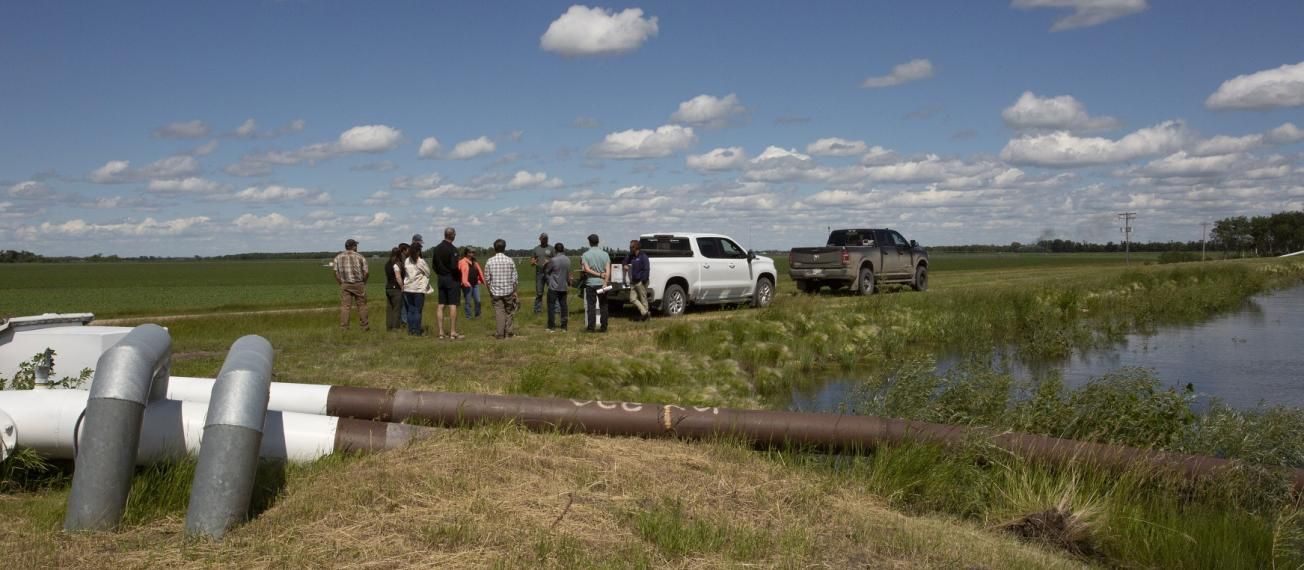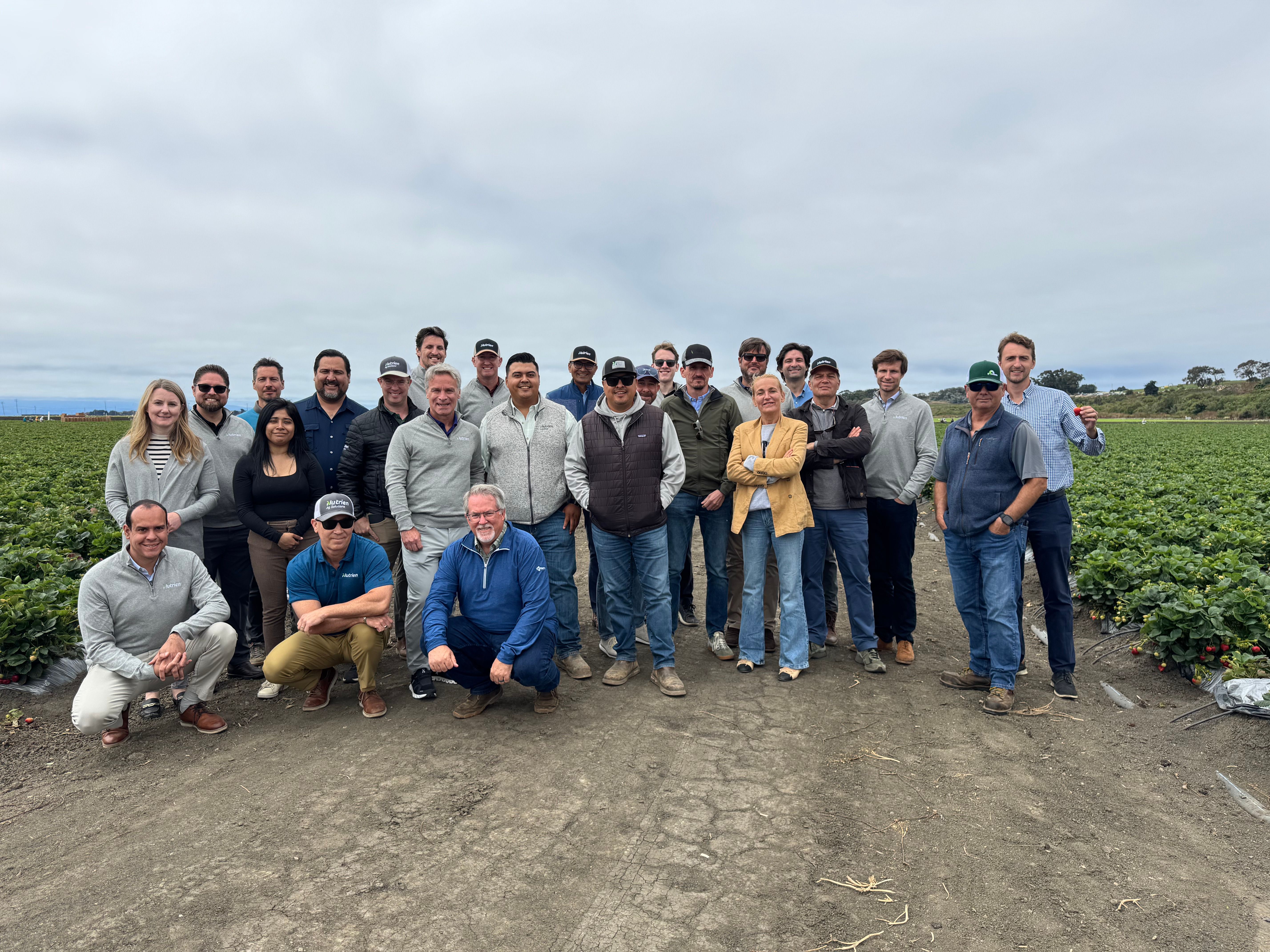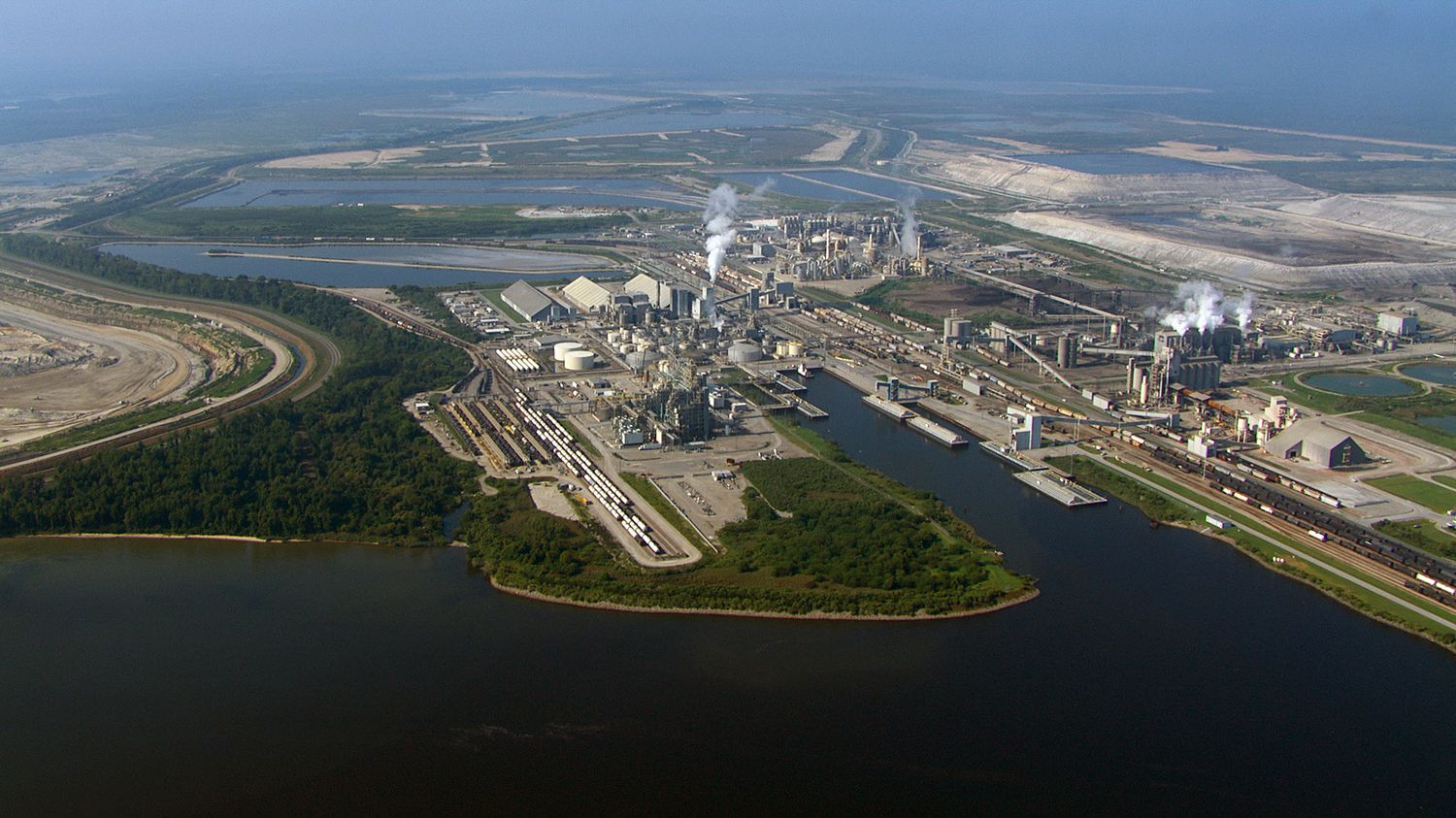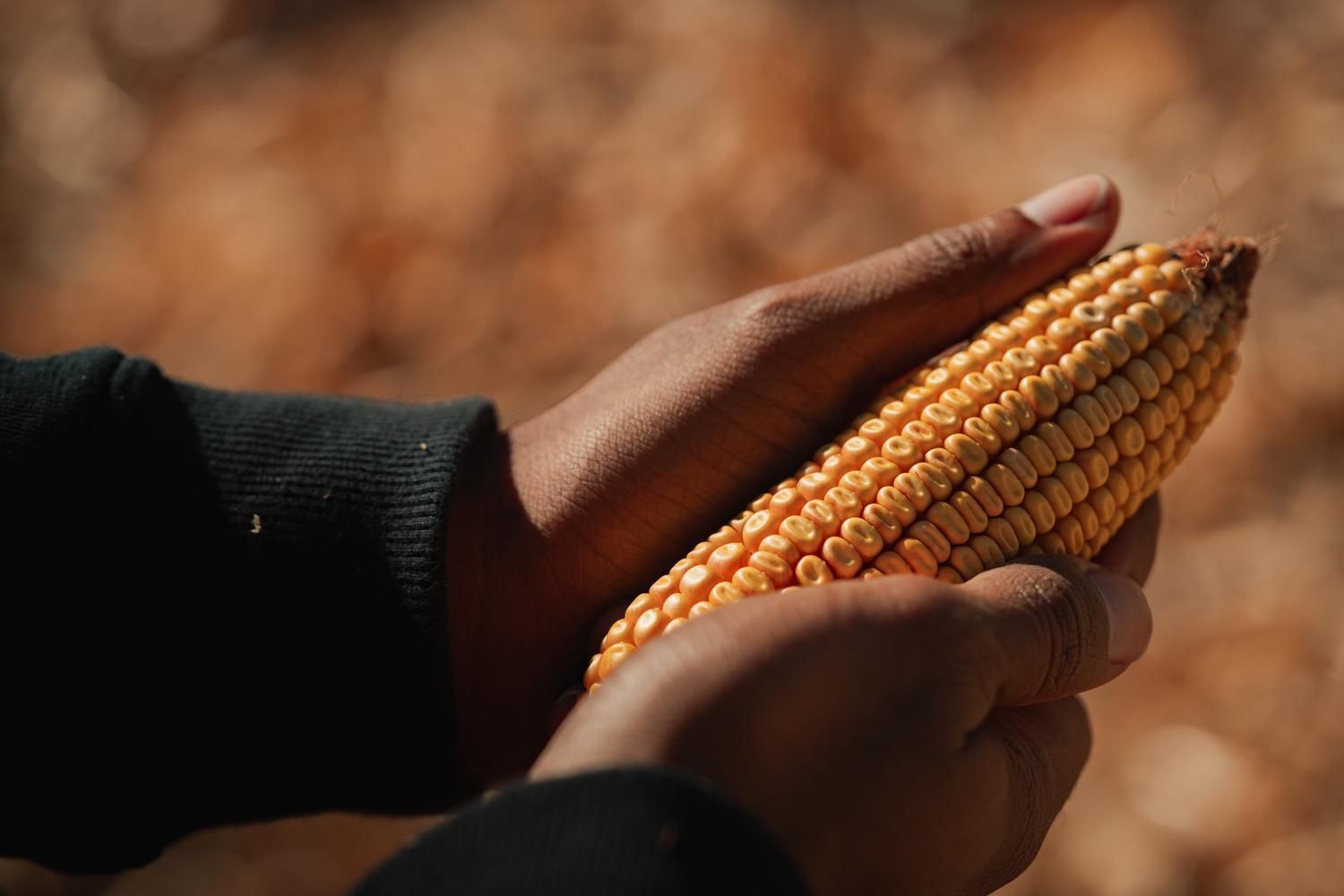
Nutrien’s commitment to water stewardship demonstrated in Manitoba water project

In this Q & A, Mike Nemeth, Sr. Advisor, Ag & Environmental Sustainability, shares Nutrien’s latest water project, the Lake Winnipeg Basin water stewardship project.
What is the Lake Winnipeg Basin water stewardship project?
The Lake Winnipeg Basin water stewardship project (LWB) was started in 2021. It is an innovative project and collaborative partnership that brings together different actors from across the agri-food value chain in the Lake Winnipeg Basin. It’s a watershed-based project that has benefits not just for water but also for things such as soil health, biodiversity and climate.
Water stewardship means looking outside of your fence line or outside of your own operations, and therefore requires collaboration. Through ALUS Canada, the project partners enlisted the help of an agrologist to serve as project manager. The project manager worked with Simplot and Nutrien agronomists to connect and work with the four growers engaged in the pilot, covering ~30,000 acres across four farms. They worked with the growers to develop water stewardship plans using the Alliance for Water Stewardship (AWS) International Water Stewardship Standard. This included steps such as understanding the watershed they operate in, what current water stewardship actions were happening on their farms and engaging with external stakeholders. Engagement included working with organizations across the watershed who could provide insights on shared water challenges that a farm, water district or water conservation group might face and identifying opportunities to work together to address shared water challenges and create value.
Once the water stewardship plans were developed, we partnered with EcoMetrics. EcoMetrics uses a research-based method that captures the full value of a project’s environmental, social and economic impacts in a fully documented and verified format, ready for audit. The analysis from EcoMetrics helps to build the business case for value chain and community partner investment in on-farm water stewardship. The information generated from the analysis illustrates that there's already a return on investment for farmers and society from current farm practices, and that there's further economic, social, and environmental benefits that accrue if the opportunities in the water stewardship plans are implemented. The analysis also helps in understanding which opportunities have the greatest potential social return on investment.
What initiated this project?
Nutrien took a leadership role in developing this project. We wanted to address the questions: how can we do water stewardship on the farm in a creditable way that creates value for our customers, allows us to scale the process to generate value for Nutrien, and drive impact across a watershed?
In 2020, I connected with ALUS Canada and The Water Council (TWC) who conceptualized the project. Nutrien committed to collaborate on the project and worked with ALUS and TWC to confirm participation from General Mills. We then brought in Simplot and BASF, as they also were looking at how to engage in on-farm water stewardship. Nutrien wanted to learn what was important to growers in on-farm water stewardship, because growers are our customers.
“We wanted to understand how we could support growers in driving positive water outcomes on the farm and in the watershed through management practices, products, and solutions, all based on good agronomy.”
Which stakeholders were involved in the first phase of this project?
Nutrien, three other multinational companies and two nonprofits, as well as regional partners were all involved in phase one. The regional partners included: Manitoba Habitat Heritage Corporation, Agriculture and Agri-Food Canada, Redboine Watershed District, International Institute for Sustainable Development, Manitoba Association of Watersheds, Manitoba Forage and Grassland Association, Central Assiniboine Watershed District, and Ducks Unlimited Canada. We included many diverse perspectives during the process including academia to help bring value and understanding.
What is the timeline and what are the outcomes of phase one and two?
Phase one ended in August 2023. Phase two officially starts in October 2023 and is envisioned to run for about two years. The exciting thing with phase two is having the Potato Sustainability Alliance, Ducks Unlimited Canada and large multinational companies as new and continuing project partners. Phase one was able to point to the social and financial return on investment for implementing on-farm water stewardship plans. For example, by executing water stewardship strategies on these farms, the social return on investment (SROI) was six and a half dollars for every dollar invested; fifteen times the amount for every dollar invested in wetlands enhancement, and 33 times the SROI for every dollar invested in riparian enhancement.
The second phase will focus on three areas:
- Implementing water stewardship practices from the water stewardship plans and continuing to build the business case for investing in on-farm water stewardship.
- Understanding how we scale this work through value chain partnerships and to additional farms in the watershed.
- Telling the story of on-farm water stewardship to communities and governments in the watershed, the value it provides, and how they can actively participate in water stewardship opportunities.
What are three key things employees should know about this project?
Learn more about the Lake Winnipeg Basin water stewardship project.
Photo Credit: ALUS
Related stories


